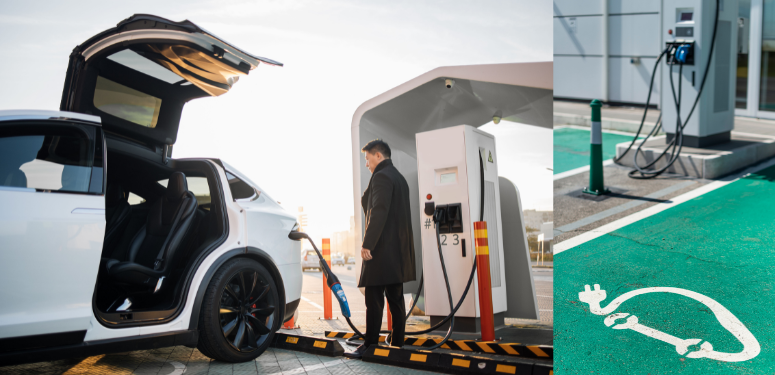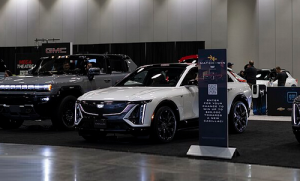Toronto, Ontario — The automotive industry is undergoing a revolution, a seismic shift from internal combustion engines to electric vehicles (EVs). This transformation is not only influencing car manufacturing and sales, but is also significantly impacting the collision repair industry. The adoption of new technologies in electric vehicles presents both challenges and opportunities for collision repair professionals. As we look towards the future, it’s crucial to analyze how these advancements will shape EV collision repairs.
Firstly, the structural differences between electric vehicles and traditional cars mean that repair shops need to invest in specialized training and equipment. The high-voltage electrical systems used in EVs require technicians to have specific knowledge to safely deactivate and repair these components. Furthermore, the use of lightweight, high-strength materials such as aluminum and carbon fibre to enhance battery efficiency necessitates new repair techniques. These materials can be more difficult and costly to repair than traditional steel, leading to higher training costs and the need for advanced equipment.
Secondly, the advanced driver-assistance systems (ADAS) in electric vehicles represent a significant technological leap forward. These systems rely on sensors and cameras to function correctly, and even minor collisions can necessitate complex recalibrations. As a result, the collision repair industry must adapt to handle these intricate systems. This adaptation involves not just understanding the physical repair of the vehicle but also the software and calibration issues that are critical for the safety and functionality of EVs post-repair.
Moreover, the impact of battery damage in electric vehicles introduces new complexities into collision repairs. Repairing or replacing an EV’s battery is not only technically demanding but also expensive. There’s a significant risk associated with handling these batteries, including electrical shock and chemical exposure. Consequently, repair shops will have to implement strict safety protocols and possibly invest in specialized facilities to handle battery repairs and replacements safely.
However, it’s not all challenging. The integration of telematics and connected vehicle technologies in EVs offers unique opportunities for the collision repair industry. These systems can instantly notify vehicle owners and repair shops about a collision, potentially speeding up the repair process. They can also provide real-time diagnostic data, allowing for more accurate repair estimates and reducing the time vehicles spend in the shop.
The adoption of 3D printing technology in the manufacturing of car parts could also simplify the supply chain for EV collision repairs. Repair shops could potentially print certain parts on demand, reducing wait times for parts and speeding up the overall repair process.
In this way, the future of electric vehicle collision repairs will be significantly influenced by the continued advancement and adoption of new technologies. While there are clear challenges ahead, such as the need for specialized training and equipment, there are also exciting opportunities for repair shops willing to adapt. By embracing these technologies, the collision repair industry can improve efficiency, safety, and customer satisfaction. The road ahead will require a commitment to learning and investment in new capabilities, but the journey promises to bring the collision repair industry into a new era of innovation and growth.






























